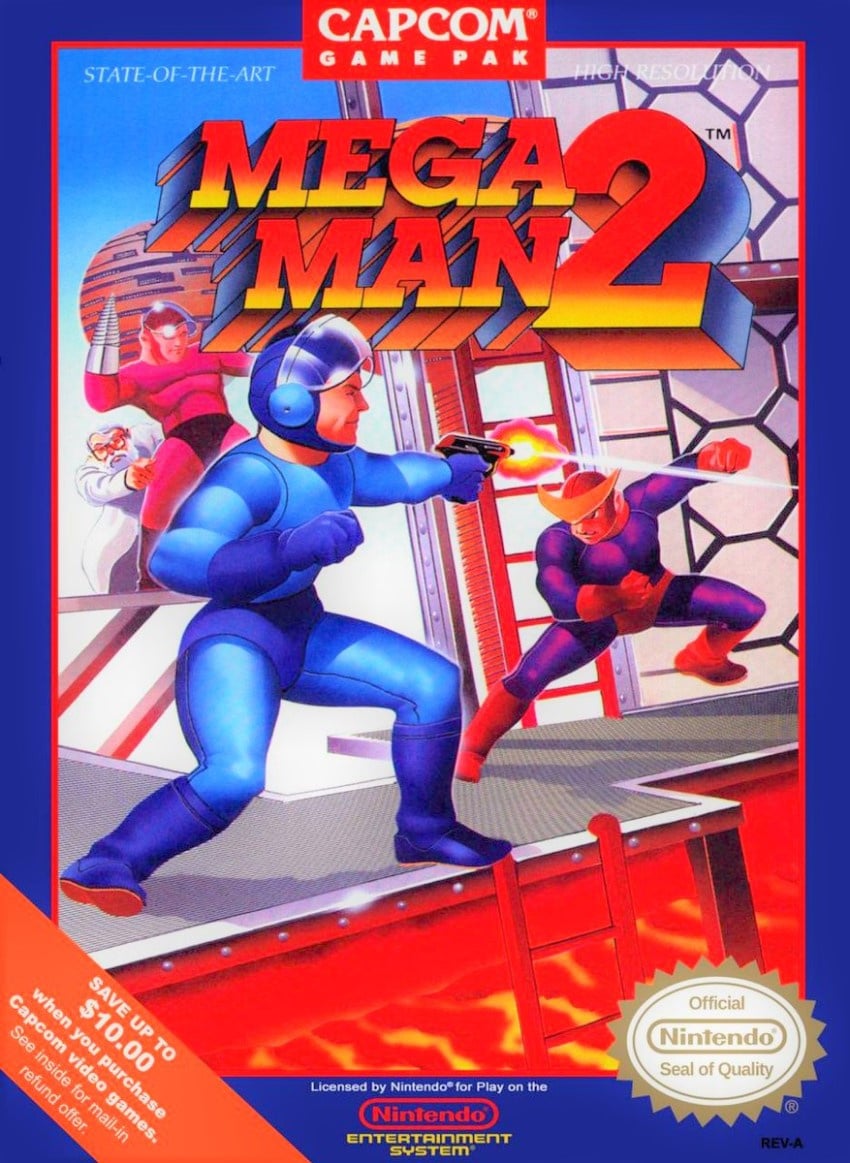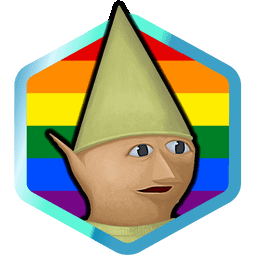Pushing directly to main just feels better.
- 0 Posts
- 27 Comments

 14·2 years ago
14·2 years agoCan you really be proficient in a language you didn’t invent?

 2·2 years ago
2·2 years agoI want nothing but potatoes in my chips!
Careful scream
I fire 120 mm high-explosive rounds
deleted by creator
That’s kind of arbitrary though, and very dependent on humidity.
rust: “You just translated someone else’s essay”

 2·2 years ago
2·2 years agoSadly this will probably not change unless attacks become so frequent that paying the ransom is more expensive than hiring competent people and teaching them proper opsec.
It’s bound to happen at some point, but I wouldn’t hold my breath.

 3·2 years ago
3·2 years agoI think “user” in this case means “employee”. Phishing is by far the most common point of entry.
clears table to make room for giant Yu-Gi-Oh playmat
It’s time to duel, bitch!

 54·2 years ago
54·2 years agoBut vanilla GNOME completely breaks my user experience each boot…

 1·2 years ago
1·2 years agoThese people need to embiggen their vocabulary!
They don’t fall off, they’re removed by the priesthood because they’re
jealoushornypious.

 5·2 years ago
5·2 years agoAt least in Mega Man 2 he looks like a slightly more normal dude in riot gear with a gun.

I’d just like to interject for a moment. What you’re refering to as Linux, is in fact, GNU/Linux, or as I’ve recently taken to calling it, GNU+Linux. Linux is not an operating system unto itself, but rather another free component of a fully functioning GNU system made useful by the GNU corelibs, shell utilities and vital system components comprising a full OS as defined by POSIX. Many computer users run a modified version of the GNU system every day, without realizing it. Through a peculiar turn of events, the version of GNU which is widely used today is often called Linux, and many of its users are not aware that it is basically the GNU system, developed by the GNU Project. There really is a Linux, and these people are using it, but it is just a part of the system they use. Linux is the kernel: the program in the system that allocates the machine’s resources to the other programs that you run. The kernel is an essential part of an operating system, but useless by itself; it can only function in the context of a complete operating system. Linux is normally used in combination with the GNU operating system: the whole system is basically GNU with Linux added, or GNU+Linux. All the so-called Linux distributions are really distributions of GNU+Linux!

 4·2 years ago
4·2 years agoUm ackchyually, Darwin is derived from 4.4BSD-Lite2 and FreeBSD.

 4·2 years ago
4·2 years agoNo one. It’s local. As it should be.






Ok, hear me out: What if we were to dig a system of narrow tunnels under the city, and then let people drive through them. Of course, cars would need to be on some form of automated tracks to make it safe. Then you could link up multiple cars and make long lines of cars following the tracks to the same destination.
It’s a brand new concept, I know, but modern problems require modern solutions. Maybe we can sell hats and flamethrowers to generate support.
(/s in case it wasn’t obvious)